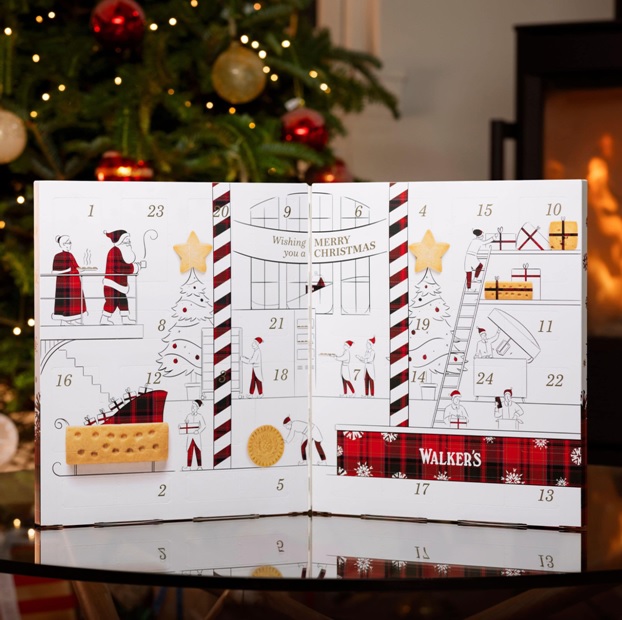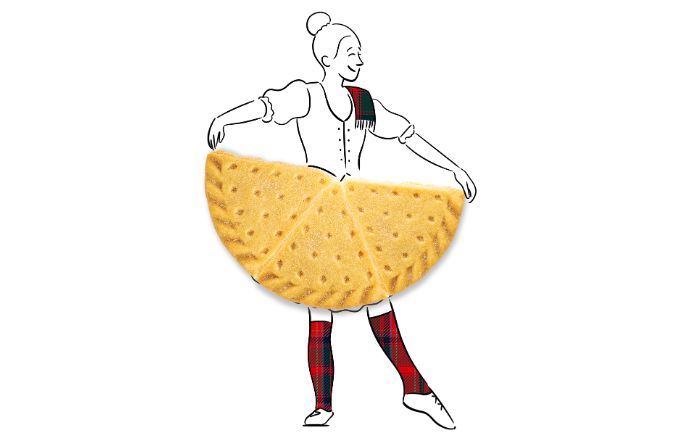Advent Calendars: A Quick History
Posted on Oct 24th 2024
Advent calendars are a fun way to count down the days until Christmas since each day in the calendar is accompanied by a little treat.
You may be familiar with the basic design: a calendar printed on cardboard or wood, containing a series of dated doors, behind which there is a surprise, usually a sweet treat, for the owner to enjoy.
Though popular today, they are not modern inventions and have an interesting history. How many of the following facts about the history of these unique calendars do you know?
The Origins of Advent Calendars
The tradition associated with advent calendars is older than the calendars themselves, and rooted in the season of Advent (from Latin for “to come to”), which encompasses the four Sundays immediately preceding Christmas. While the first day of Advent can be as early as November 27th, this year Advent begins on December 1st and the season continues up until Christmas Eve, December 24th. Modern Advent calendars may not always mirror the true Advent season, and many just start on December 1st since that offers a fixed number of days through December to count down.
Though Advent celebrations and informal observations may be much older, it is said that the first concept to count down the days to Christmas originated with a German custom in which chalk marks were used on doors or candles were lit to count the days. It is also said they would add individual straws to the Nativity Crib to count the days leading up to Christmas.
It is believed that modern Advent calendars first hit the scene in the early 1900s when a German publisher, Gerhard Lang, sewed a number of cookies (corresponding to the days of Advent) into the lid of a box, so that his children could enjoy one each day. A few iterations later, and we have the first modern calendar with doors, each with a treat waiting behind it.
Over time, advent calendars evolved to take the form of wooden or paper boxes with numbers corresponding to the days of Advent and little treats hidden behind the numbered doors. These were popular in Germany in the last century and the custom eventually made its way over to America.
President Eisenhower may have contributed to the popularity of the custom in America when an image of him with his three grandchildren holding an Advent calendar was published in Newsweek in 1953.
In the years that followed, retailers and manufacturers got in on the popularity of the trend, creating calendars of their own designs, with their own treats, commonly chocolates, cookies, and other sweets.
Today, Advent calendars are extremely popular, not only with children but with adults, and they give us the ability to slow down and reflect on the gift of time without becoming completely preoccupied by hectic schedules. Though they can vary significantly in size, design, and style as well as in what sorts of treats they contain, they remain a cherished tradition of the Christmas season popular with young and old.
Cherish This Tradition with a Walker’s Advent Calendar

This holiday season, take a moment to enjoy a tradition with friends and loved ones by giving the gift of a Walker’s 2025 Limited Edition Advent Calendar.
Each calendar contains a delightful assortment of 24 shortbread cookies in 6 varieties, including our classic shortbread fingers, mini chocolate chip shortbread, as well as rounds, hearts, salted caramel squares, and a shortbread star.
The inside of each calendar is brilliantly decorated with a scene from Santa’s workshop showing his elves at work, busily preparing for the upcoming season, a true keepsake. Counting down to Christmas is made merrier with Walker’s delightful Advent Calendar!
A wonderful gift that will be cherished throughout the entire holiday season and encourages us to slow down and make memories, these limited edition Advent calendars are the perfect gift for adding a touch of all-butter bliss to each and every day of the holiday season!
 US
US UK
UK
